무엇을 도와드릴까요?

 TECHSPEC® 부품은 에드몬드 옵틱스가 설계, 사양 지정 및 제조하는 제품입니다. 더 알아보기
TECHSPEC® 부품은 에드몬드 옵틱스가 설계, 사양 지정 및 제조하는 제품입니다. 더 알아보기
해당 제품은 컴팩트하면서 무게가 가벼운 렌즈로 SWIR 스펙트럼(0.9 – 1.7μm 파장 대역)을 사용하는 어플리케이션에 맞게 설계되었습니다. 또한, SWIR 스펙트럼에 최적화된 광학 설계, 글래스 타입 및 0.8 – 1.8μm 파장 대역에서의 무반사(AR) 코팅이 특징입니다. 높은 처리량과 우수한 성능을 갖추도록 설계되어 f/#가 낮고 25mm 대형 센서까지 커버할 수 있습니다. 검사, 분류, 품질 제어 등 다양한 어플리케이션에 사용이 가능합니다.
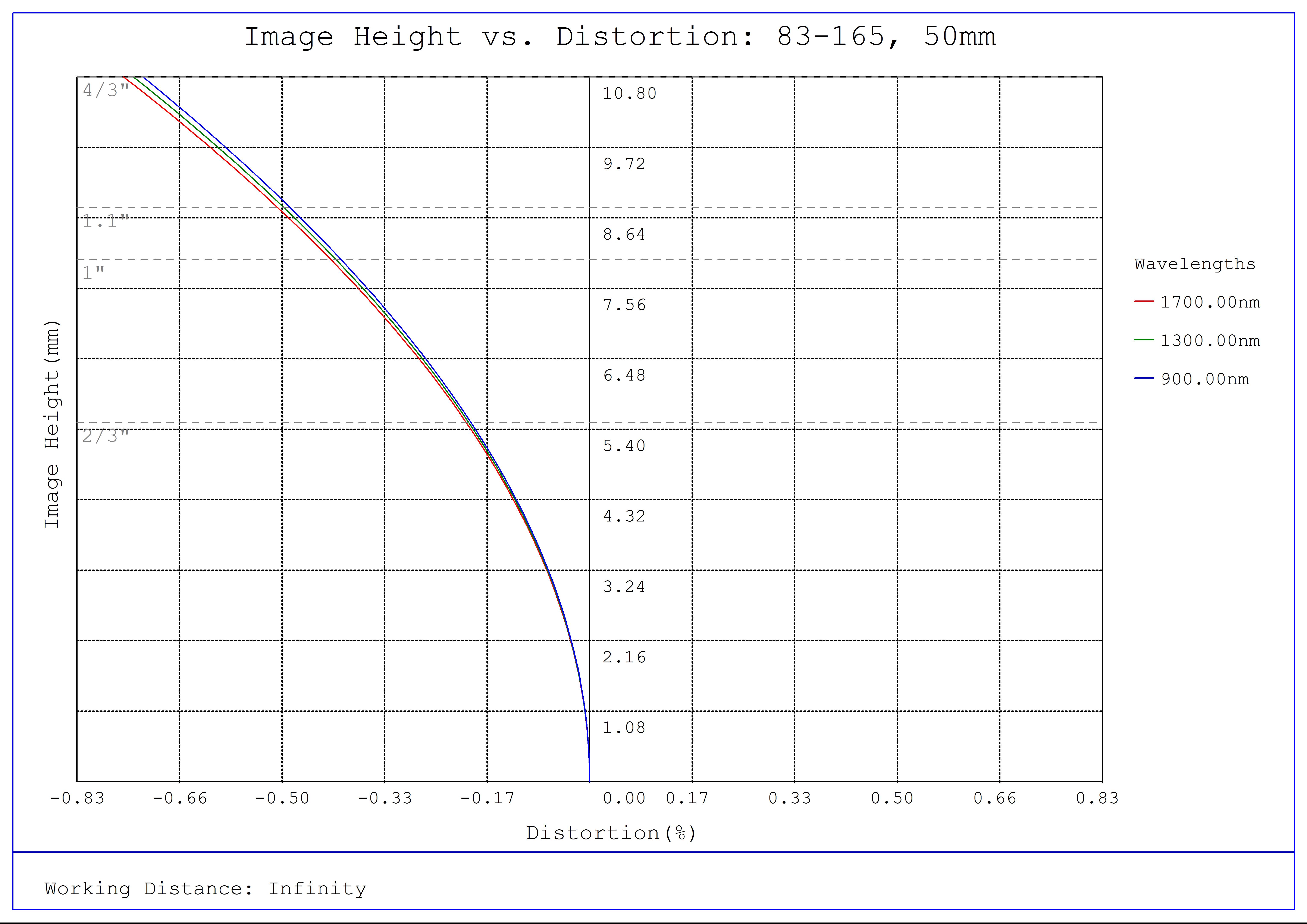
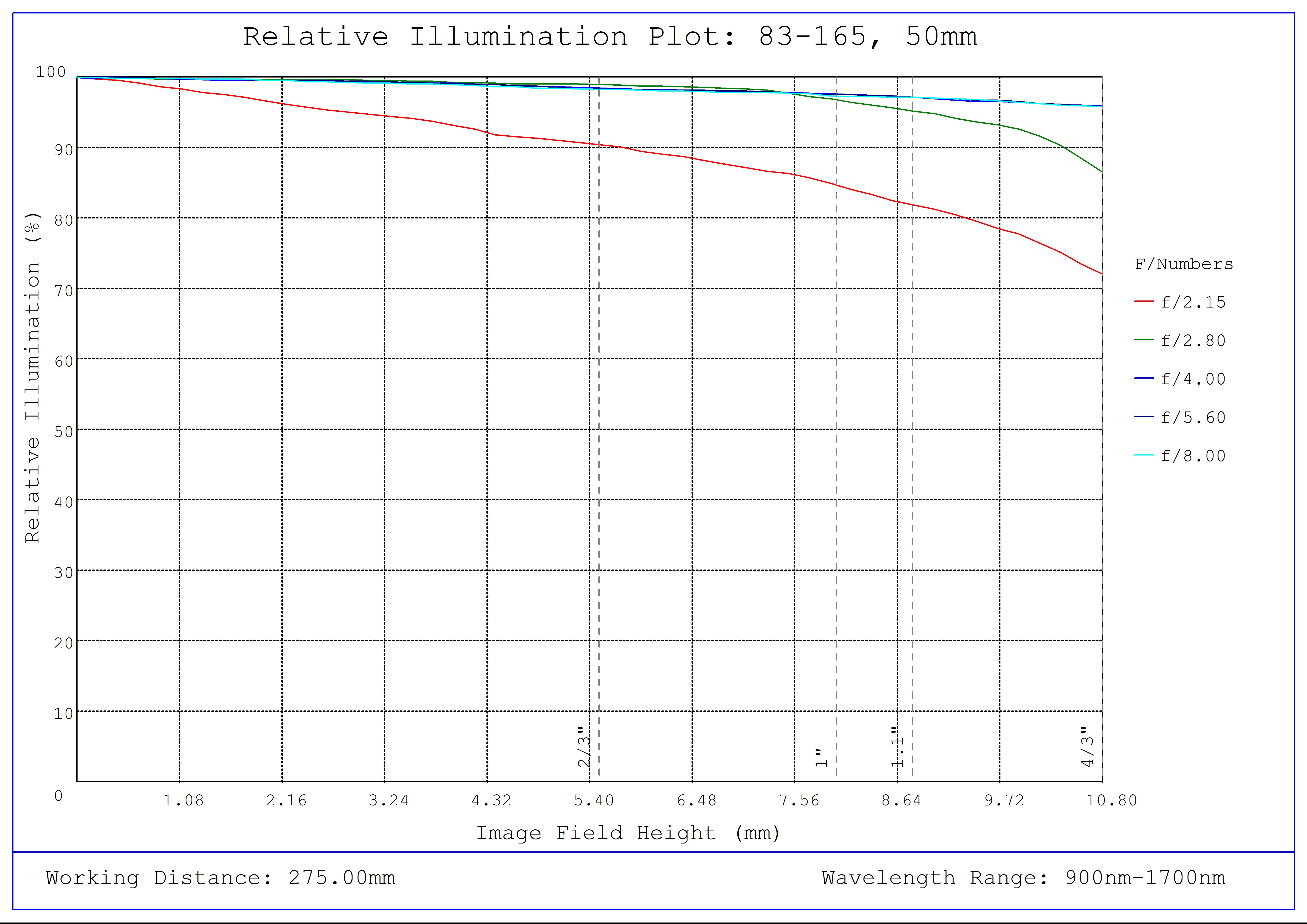
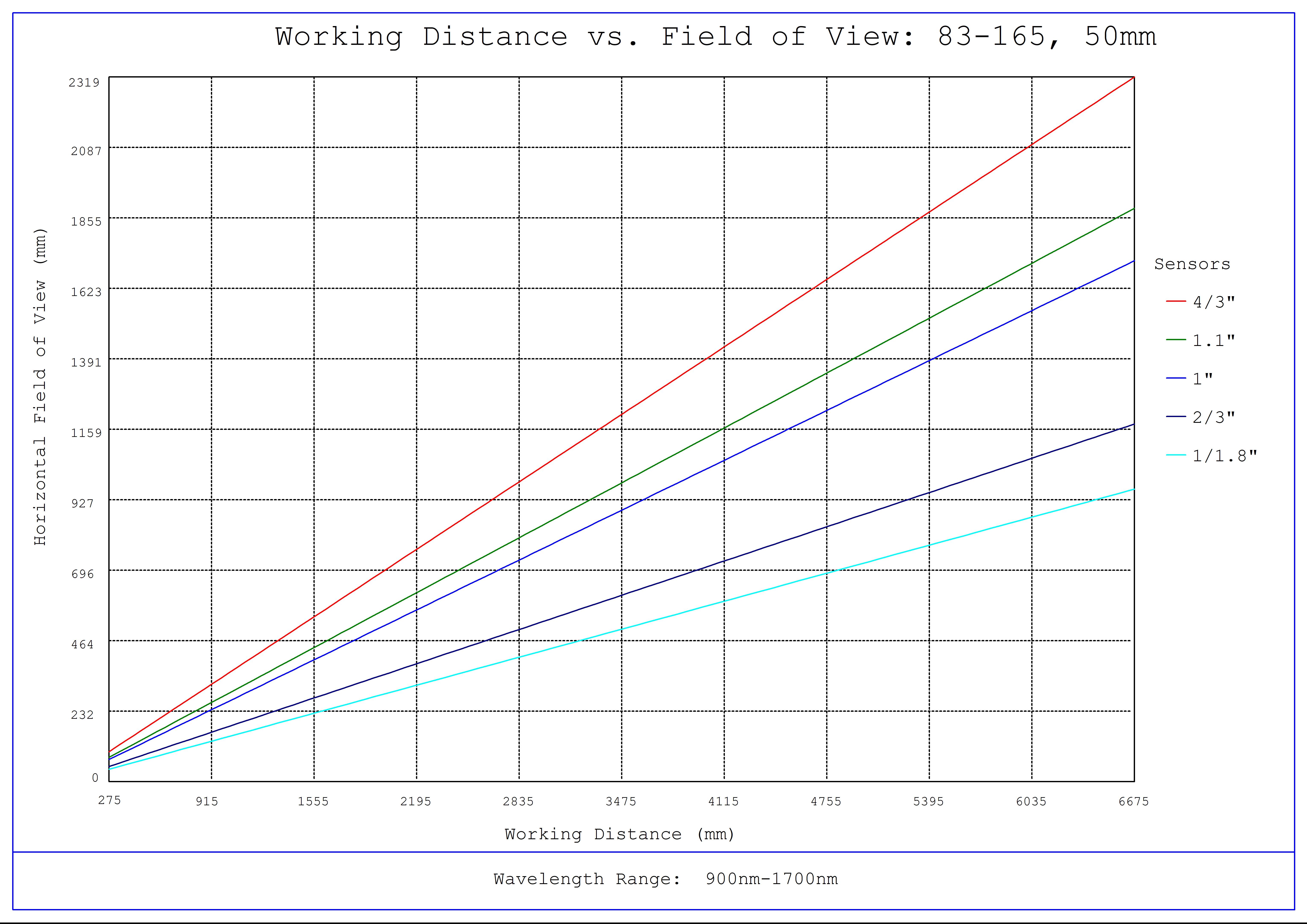
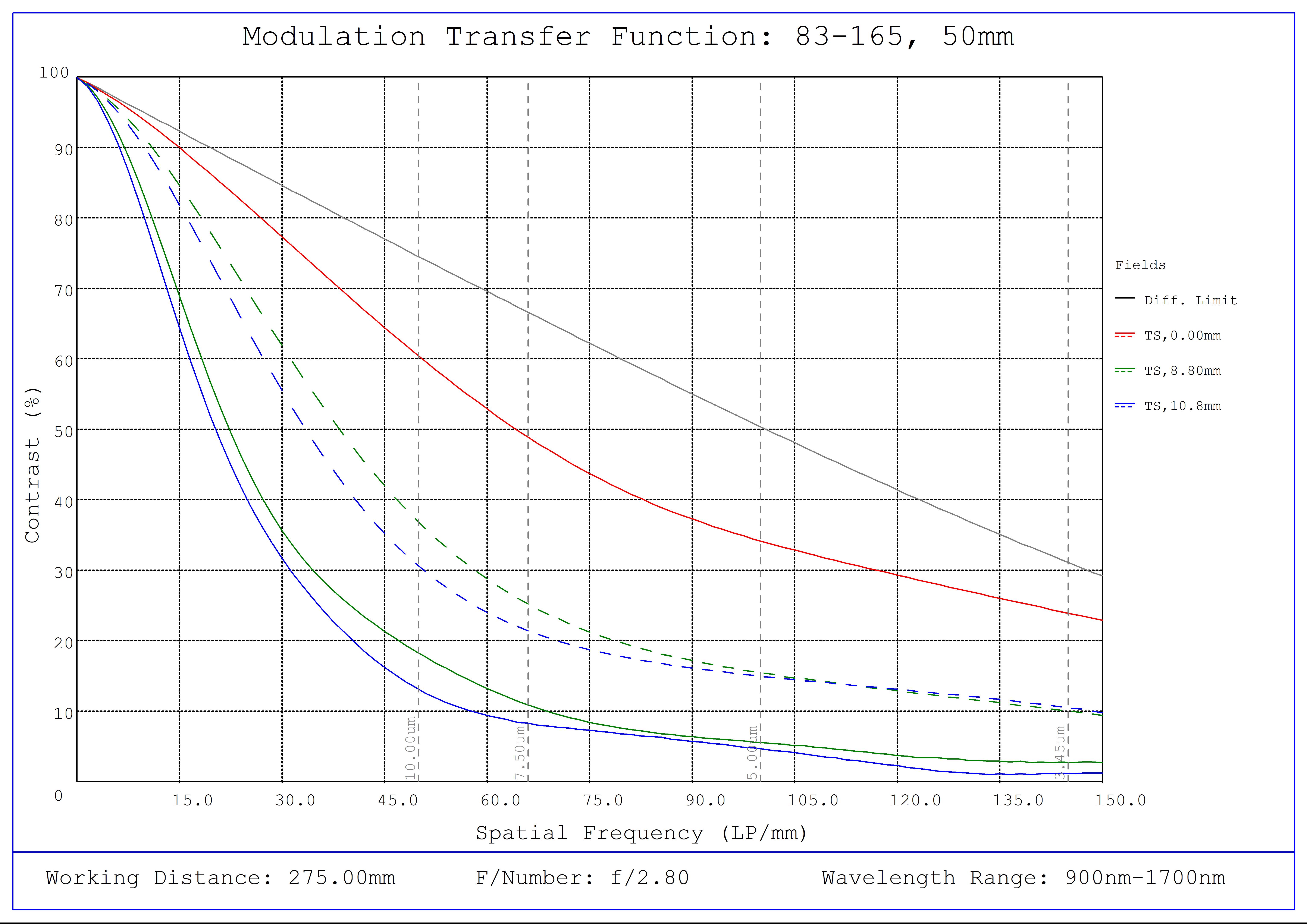
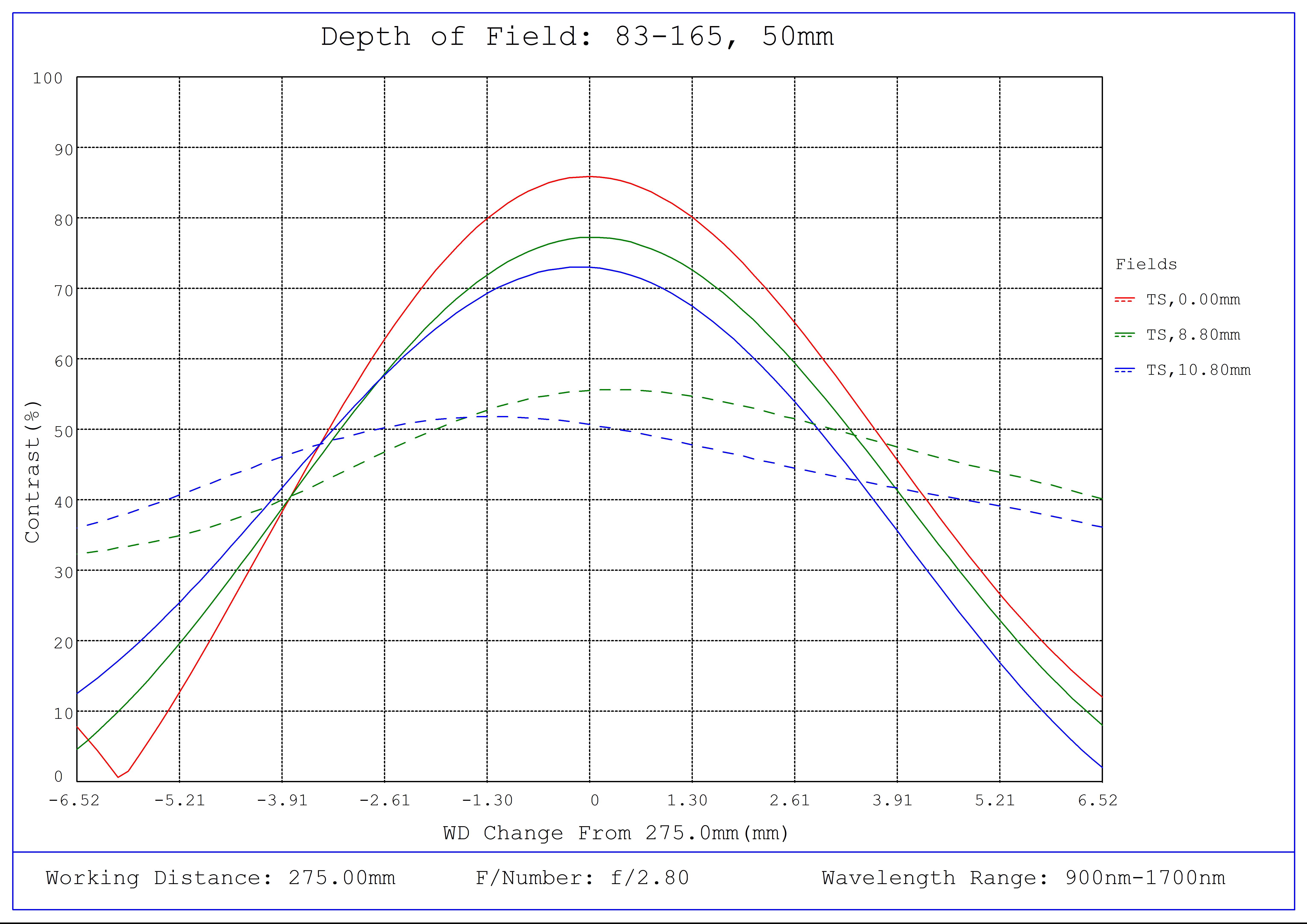
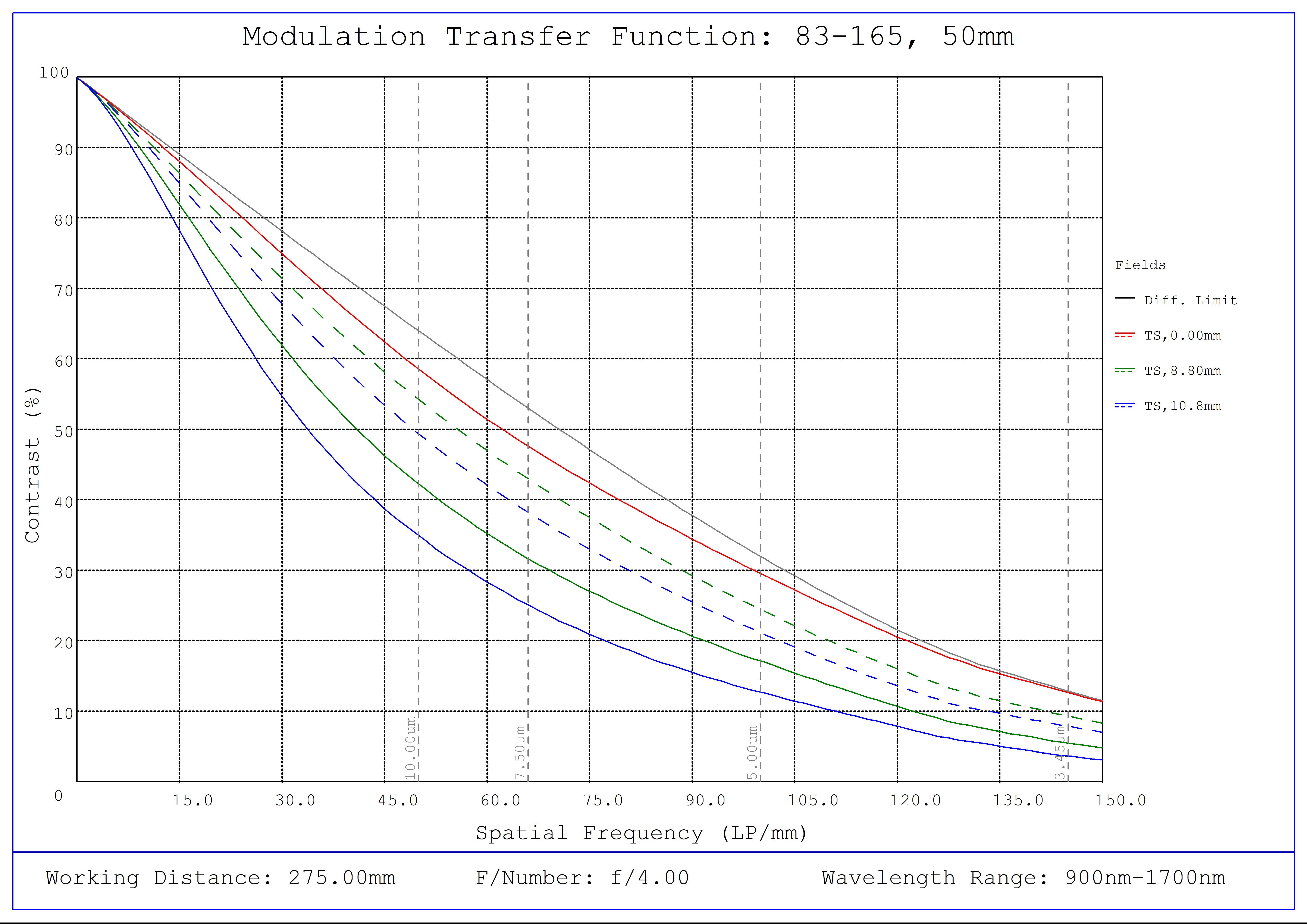
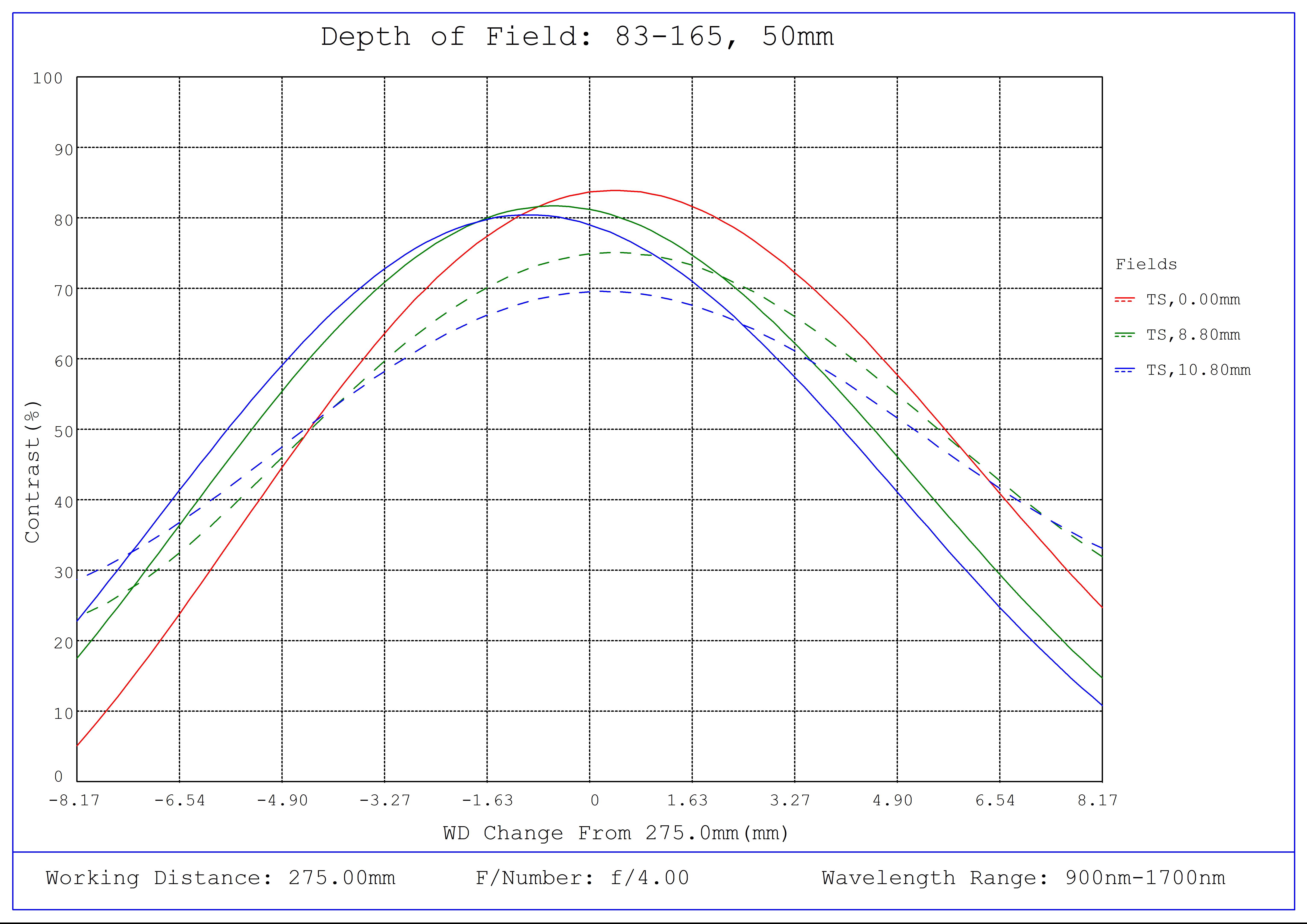
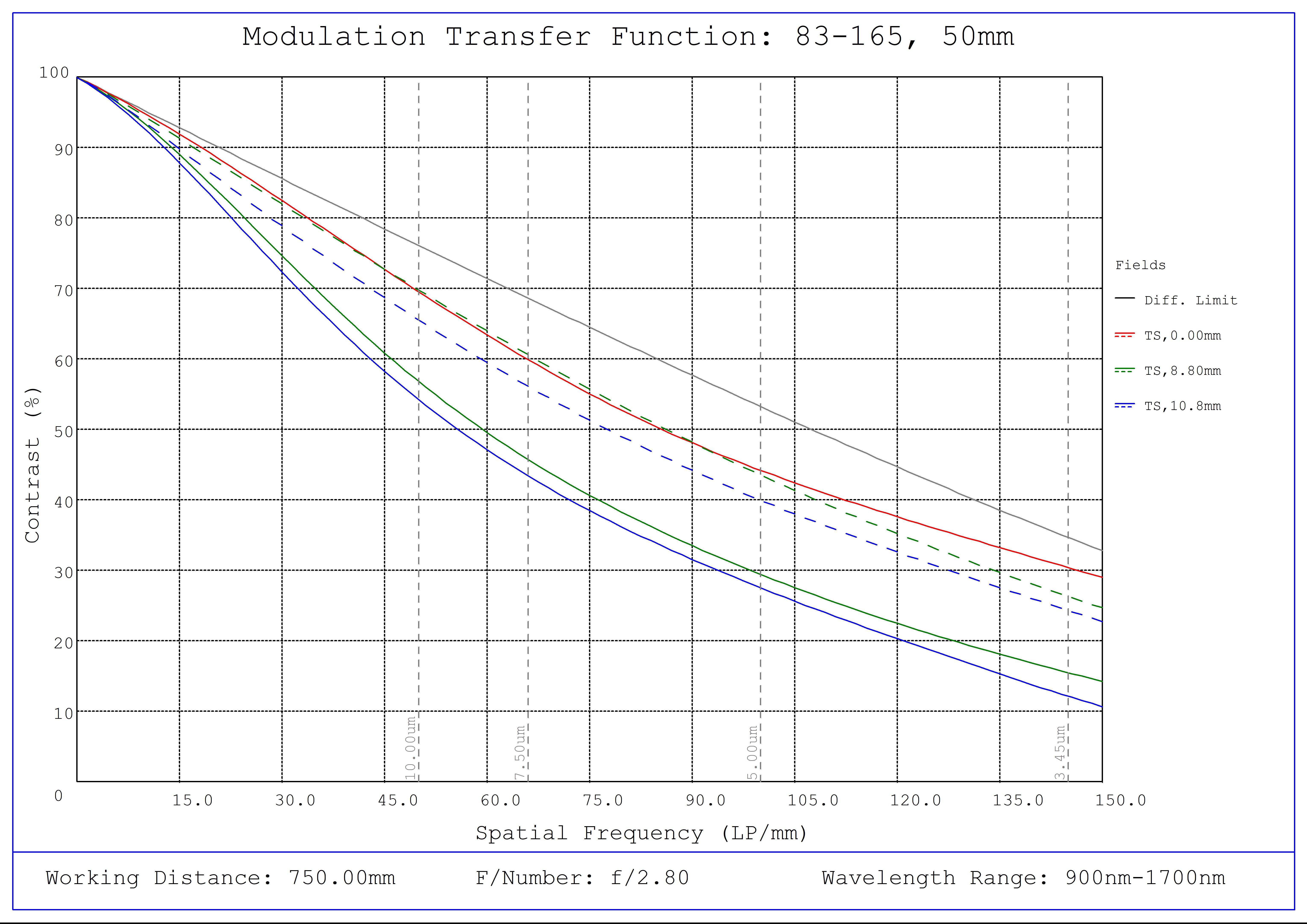
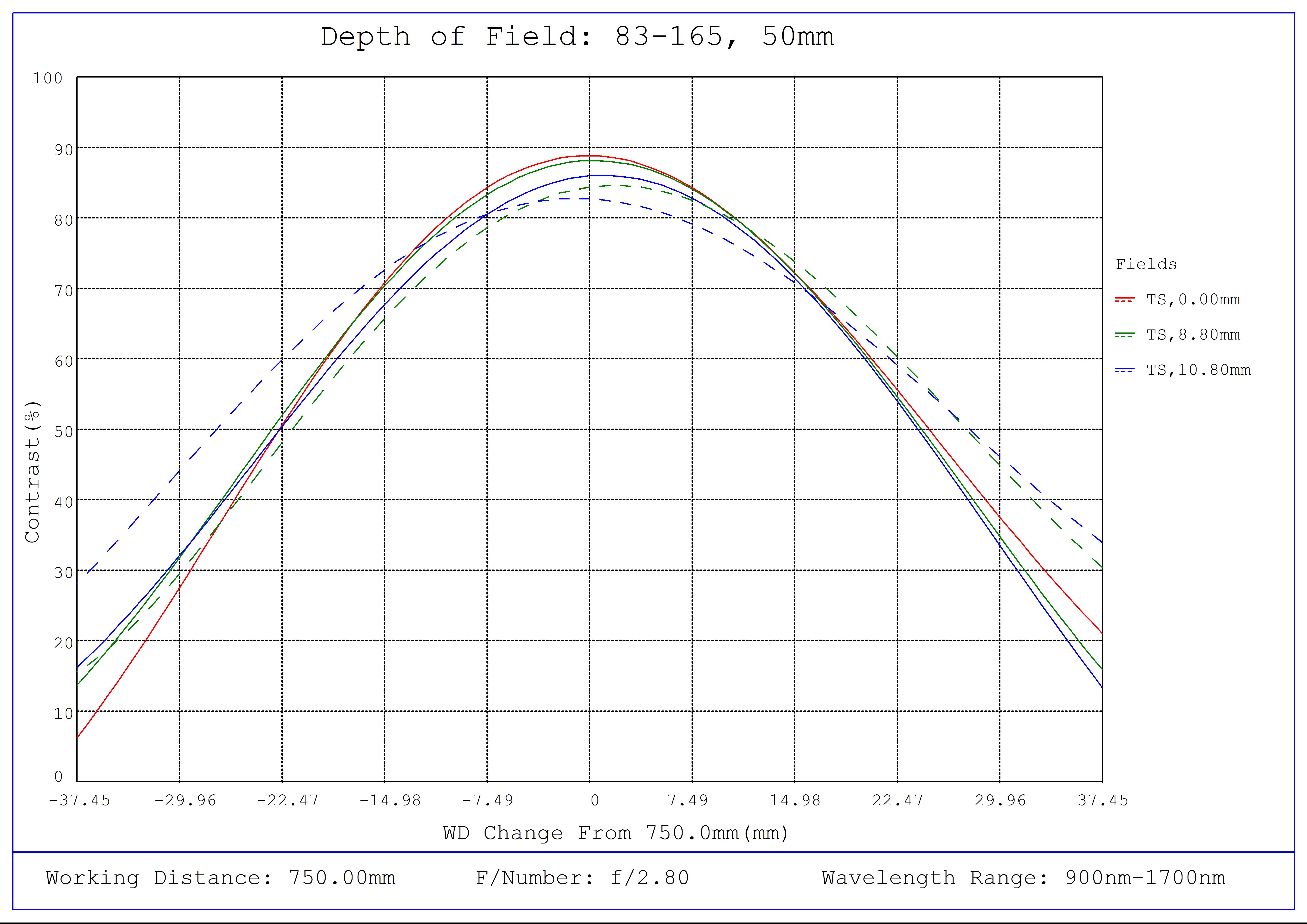
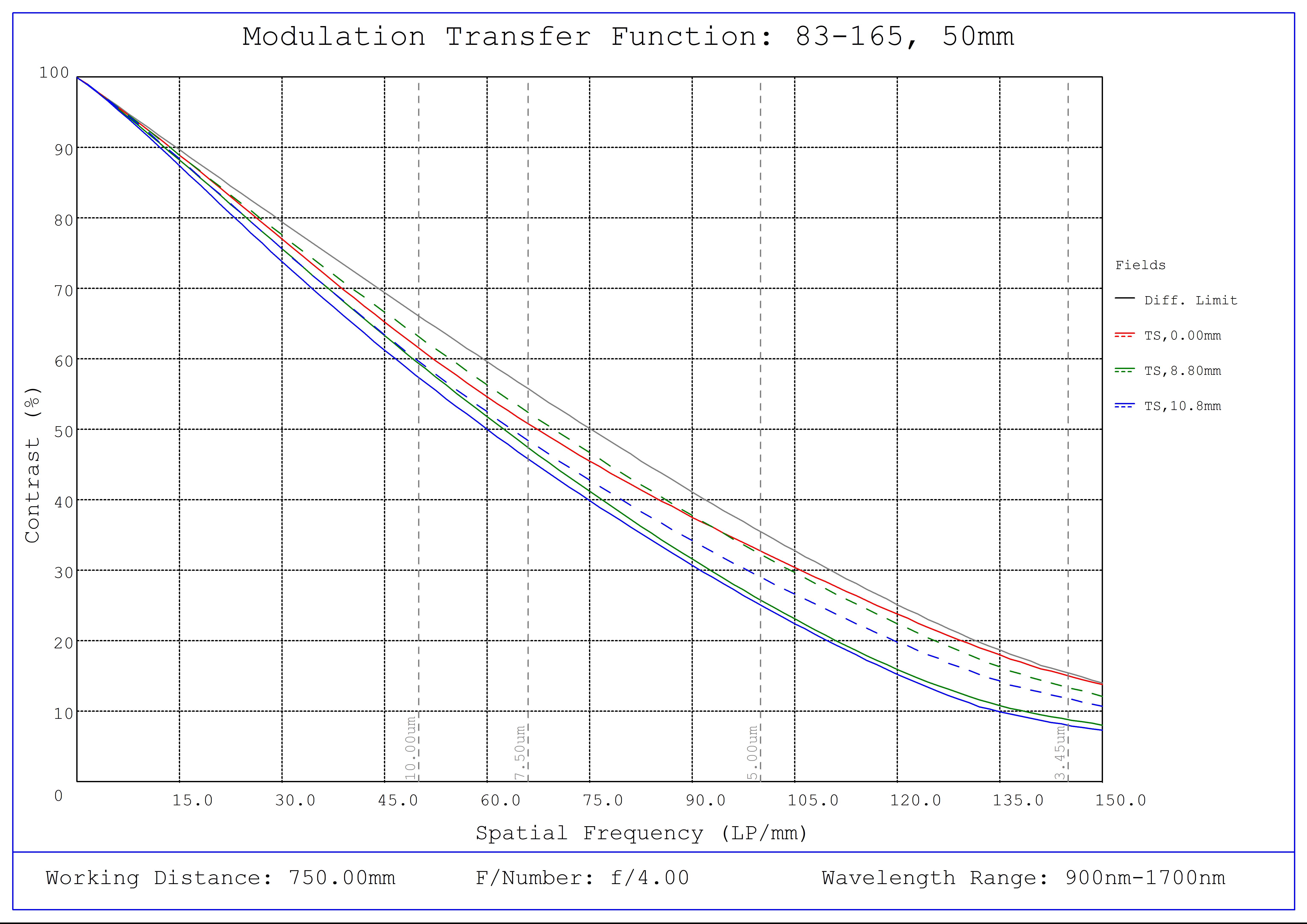
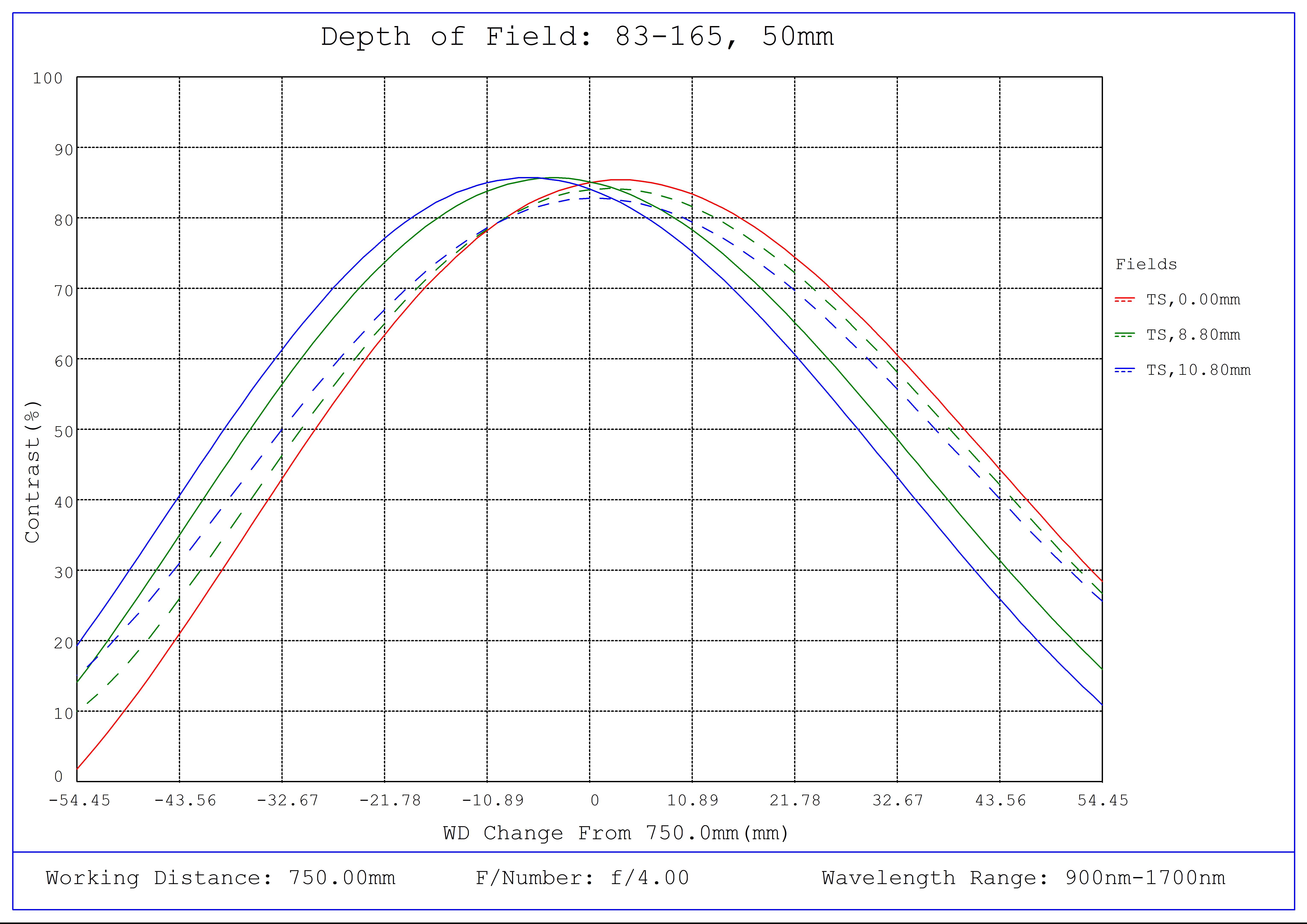
| Dimensions | |||||
| Stock No. (Focal Length, Mount) | A | B | C | D | Filter Thread |
| #83-160 (25mm, C-Mount) | 40mm | 63.5mm | 40mm | 7.62mm | M34 x 0.5 |
| #83-165 (50mm, C-Mount) | 56mm | 112mm | 55mm | 0mm | M43 x 0.75 |
| #83-166 (50mm, F-Mount) | 56mm | 103mm | 55mm | 28mm | M43 x 0.75 |
| #83-167 (50mm, M42 x 1.0) | 56mm | 124mm | 55mm | 0mm | M43 x 0.75 |
| #83-170 (100mm, C-Mount) | 84mm | 180.1mm | 84mm | 0mm | M72 x 0.75 |
| #83-171 (100mm, F-Mount) | 84mm | 151.1mm | 84mm | 0mm | M72 x 0.75 |
| #83-172 (100mm, M42 x 1.0) | 84mm | 191.8mm | 84mm | 0mm | M72 x 0.75 |
 |
|||||
 |
|||||
본사 및 지사별 연락처 확인하기
견적 요청 도구
재고 번호 입력 필요
Copyright 2023, 에드몬드옵틱스코리아 사업자 등록번호: 110-81-74657 | 대표이사: 앙텍하우 | 통신판매업 신고번호: 제 2022-서울마포-0965호, 서울특별시 마포구 월드컵북로 21, 7층 (서교동, 풍성빌딩)
The FUTURE Depends On Optics®